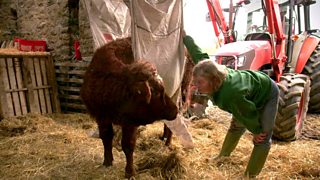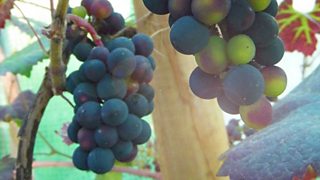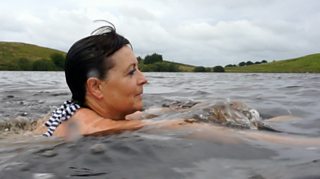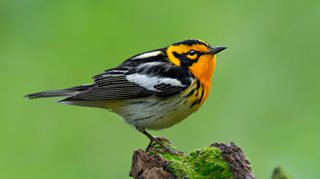£20,000 and counting: why 2017’s wet spring and summer are still costing Scottish farmers dear
10 January 2018
Ayrshire farmer Willie Campbell has had to spend eye-watering amounts of money to keep his cattle alive over the winter, as a direct result of last year’s downpours.
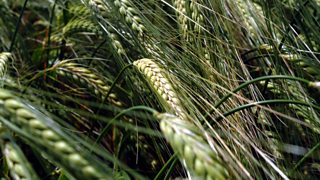
Like others in the industry he would use spring wheat to make cattle food such as silage or hay. But to get the best from the grass there must be long periods of dry weather, as prolonged wet spells leads to rotting.
that he had to spend all his farm’s profits on buying imported feed, because wet weather ruined his crop.
“I’ve been farming for more than 50 years - I never thought I’d see the day when [the silage pit] would be empty at this time of year,” he said.
“It should be almost filled to the brim with whole crop silage. That’s basically spring wheat which we’ve grown on our land – 65-70 acres of it – we didn’t manage to get any of that this year.”
Additional expense
Buying in food for the cattle was one unwanted extra cost, but another was the £20,000 Willie had to spend on machinery required to mix the new supplies in order to make it palatable.
“The additional costs are quite horrendous. There’s the equipment, there’s the cost of running it and then there’s the additional cost of the ingredients”, explained Willie.
All this extra spend means that every litre of milk from Willie’s farm is costing 8p more to produce than it should.
Willie is pragmatic about the situation, “It’s not sustainable,” he said. “But we’ve got a business here, and we’ve got to get through this somehow.”
The programme in full
-
![]()
Anna Hill presents stories about food and farming, including the Scottish silage shortage and the scientist who has discovered how to fast-breed wheat.
More food and farming in Scotland
-
![]()
Seven of the best lessons learned down on the farm.
-
![]()
The brothers challenging the dominance of supermarkets.
-
![]()
The challenges faced by cattle farmers.
-
![]()
Growing grapes in the country’s most northerly outdoor vineyard.
Latest features from ����ý Scotland
-
![]()
'Wild swimming helps me process the grief of losing my son'
The benefits of cold water therapy.
-
![]()
Winter adventures are appealing, but an expert advises caution
Trips in winter require particular knowledge and skills.
-
![]()
The rescuers: Why volunteers risk their lives in mountain emergencies
Landward meets members of the Cairngorm Mountain Rescue Team.
-
![]()
‘Look for the light’ – practical tips to help you through another winter with SAD
Useful advice and tips to combat low moods at this time of year.
-
![]()
How you could be a binge drinker without even knowing
Binge drinking is classed as fewer units than many people may realise.
-
![]()
How chocolate biscuits and drama classes helped one man leave prison behind
The healing power of creativity.
-
![]()
'When people believe in you, it’s life-changing'
Author Graeme Armstrong revisits the man who helped turn his life around.
-
![]()
The 'breath-taking' display of US birds swept on to British soil
Recent storms have brought rare birds to our shores.
-
![]()
Six things we learned about Alan Cumming on Take the Floor (Spoiler: includes accordions)
The actor spoke to Take the Floor's Gary Innes.
-
![]()
How street gangs trap young men in a dangerous cycle of violence
The almost inescapable pull of life in a gang.
-
![]()
Why stylist Gok Wan believes there's no such thing as bad fashion
The fashion expert says we should stop following rules and do what feels right.
-
![]()
Is sending a CV still the right way to apply for a job?
They've been central to job applications for years, but are they worth it?



